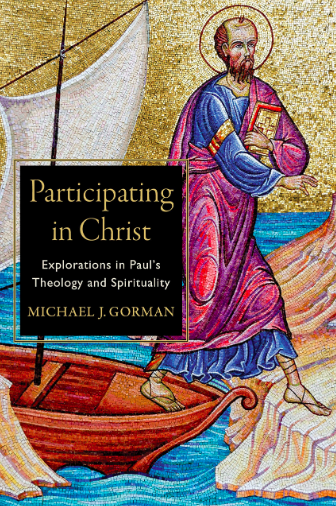 All this talk about Story, all this talk about reading the Bible’s narrative, all this talk … well, what difference does it make? More precisely, what difference does it make for the Christian life? I ape Paul’s words: “much, in every way.” But that only means we have to explain how it makes a difference.
All this talk about Story, all this talk about reading the Bible’s narrative, all this talk … well, what difference does it make? More precisely, what difference does it make for the Christian life? I ape Paul’s words: “much, in every way.” But that only means we have to explain how it makes a difference.
What words are the preeminent words in your faith community that summarize the Christian life?
Daniel Kirk, in Jesus Have I Loved, But Paul?, sketches how Jesus’ kingdom vision and Paul’s theology are harmonious and it leads him to a study how we are to live in light of this narrative approach to Paul. The essential shape of that story is that Israel’s Story has been fulfilled in the Story of Jesus, his life, death, burial and resurrection. So what then does this mean?
Again, Daniel shows how Jesus’ theory of the Christian life and Paul’s theory of the Christian life are so much alike. Kirk focuses on Mark’s Gospel where we find that Jesus’ essential call is to follow Jesus (Mark 1:16-20), and this means we are to extend the ministry of Jesus. And here he draws on Mark 3:13-15 and 6:7-13 to show that we extend his very life and ministry, but this leads to the big one: the pattern of Jesus’ life in Mark is the life of rejection, suffering, death and resurrection. The Christian life then is to be noted by the cross — a life of sacrificial love for others (Jesus Creed and John 13). The heart of Mark’s narrative is the Messiah pointing toward and then dying on the cross.
Christology shapes discipleship; thus, christology shapes ecclesiology. Jesus’ pattern is our pattern.
This is the essence, too, of Paul’s theory of the Christian life. We are to be and live “in Christ,” and the Christ we are “in” is the one who suffered and died and was raised. That is, Phil 2:6-11 tells it all: be like Jesus and Jesus was like this: humiliation, suffering, death, resurrection. The way to the top is the bottom.
So the Christian life is the embodiment of the life of Christ.
This death-life is followed by the resurrection-life: God’s Spirit, the agent of new creation, is at work in those who die, in those who in baptism are buried in death with Jesus Christ and who are raised with him. They are glowing clay pots (2 Cor 4:7-10).
This story, the life of suffering leading to resurrected life, is not the pattern of our society or our churches (enough). Too often the narrative of success: prosper, enterprise, large churches, best-selling books, etc are what attracts us. Instead of a list of death instances we only want the list of successes.
This leads Kirk to friendly fire for his Reformed justification-by-faith-alone society. (Only James has that expression by the way, as Kirk reminds us.) Too often it diminishes obedience and thrives on passive acceptance, and not enough of the “obedience of faith” taught by Paul in Romans 1:6. He contends there’s a tendency here to “produce an underdeveloped sense of Christian responsibility” (90). Faith works, he says.
“To be justified by faith is never to be justified by faith that stands alone” (92).










